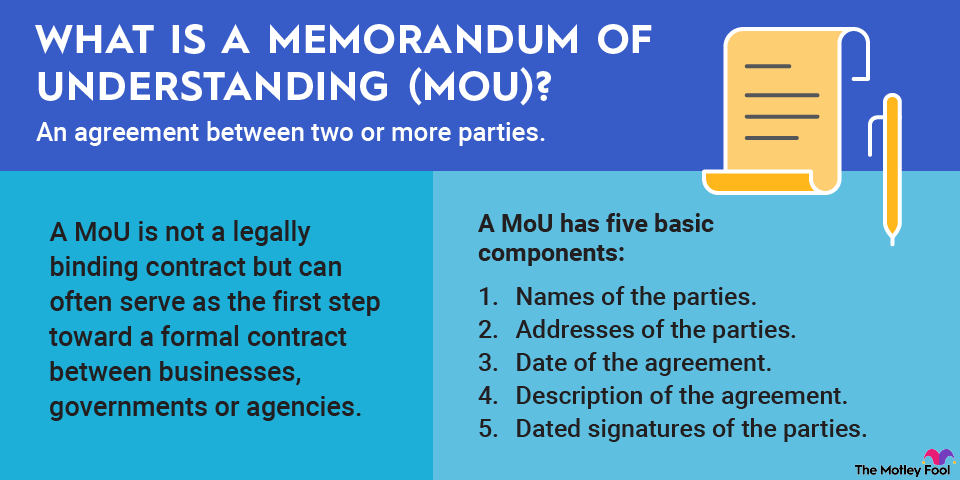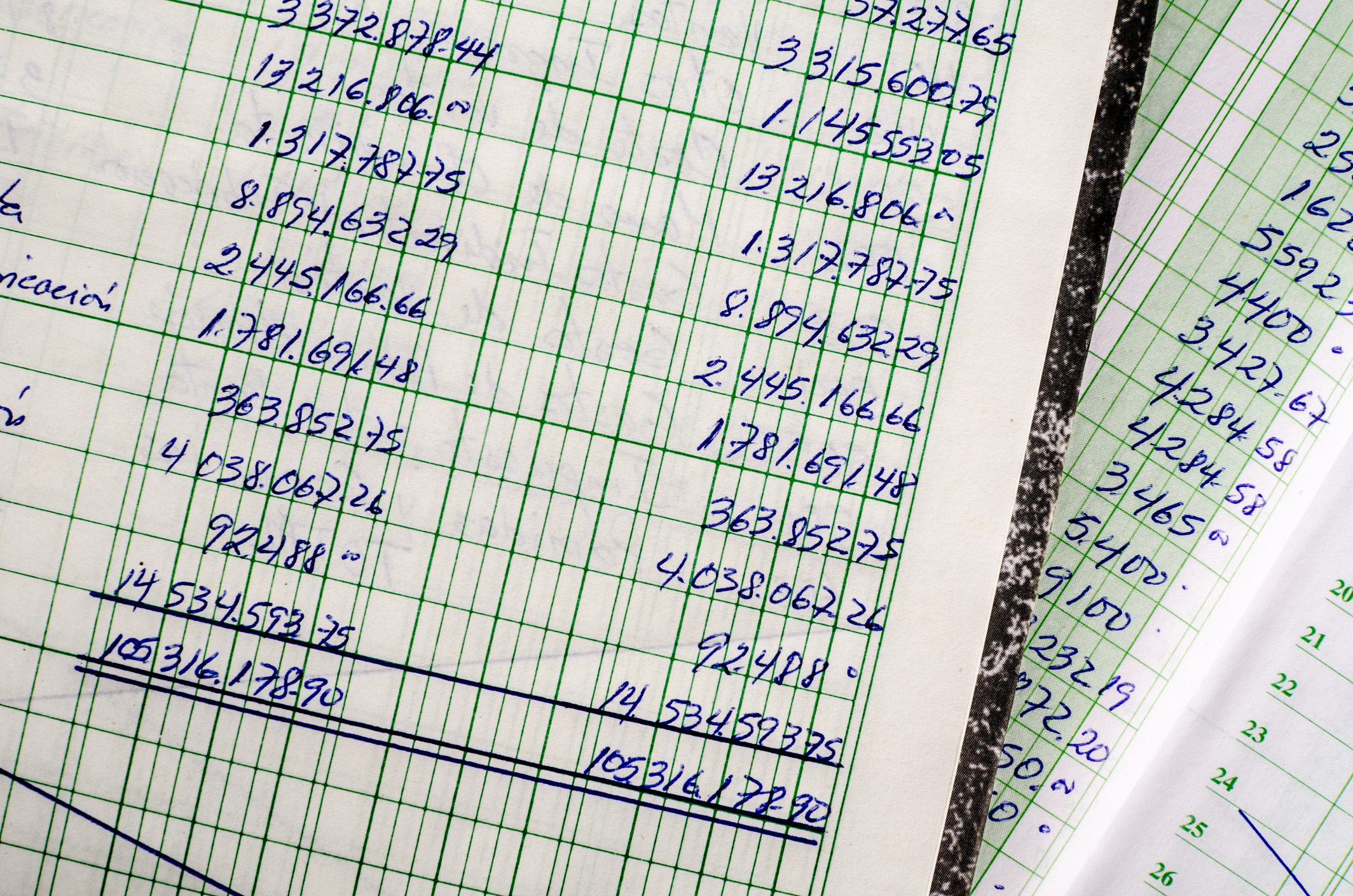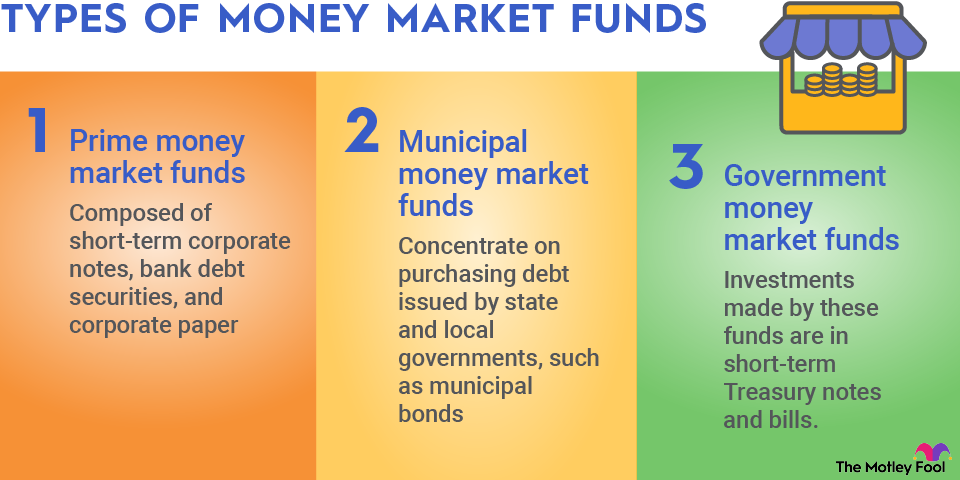If you own a business or are considering buying stocks of a company that produces goods, it's important to understand concepts like marginal costs. What does it mean when the marginal cost is horizontal? Let's examine the ins and outs together.

What is the marginal cost?
Understanding the marginal cost of a business is vital to understanding how that business makes money. The marginal cost is the change in production costs when you make one additional unit above whatever you're currently producing or planning to produce. This matters because it can help you determine when you're achieving economies of scale and how you can maximize that.
Marginal costs are typically expressed as a curve. Initially, the curve begins to drop as companies are able to buy more materials and increase cost efficiency. Then, they climb as additional production cost factors come into play, such as opening a new assembly line or facility or storing raw materials or goods, even if they're bought at a significant discount.
Factors of Production
How to find the marginal cost
If you know the variable costs associated with producing your product, you should be able to calculate the marginal cost easily. Remember, the marginal cost is the change in the variable cost when producing one extra unit of your product, whether it's electric vehicles or bongo drums.
So, if you know your variable cost for four units is $40, and the variable cost for five units is $60, you know that the fifth unit's marginal cost is $20.
That looks like this:
variable cost of units plus one - variable cost of current units = units-plus-one marginal cost
or
$60 - $40 = $20
You can do the same math using the total costs in exactly the same way. If the total cost of four units is $60 and the total cost of five is $80, then your equation is $80 - $60 = $20. So, $20 is still your marginal cost for the fifth unit.
Once found, the collection of points is plotted on a chart to create the curve.
When is the marginal cost horizontal?
The marginal cost is horizontal when the cost of making the next unit is the same as the cost of making units prior to it. So, if you had a sixth unit in the equation above, and it had a marginal cost of $20, and so did numbers seven, eight, nine, and 10, you'd have a horizontal marginal cost curve because you'd plot each one at $20.
Most of the time, a marginal cost curve is either falling or rising because lots of variables keep costs moving up and down. Those variables include how well you're scaling, the costs of continuing to build more facilities, and the bulk discounts you may start to receive as you scale up.
However, a few business models tend to lend themselves to horizontal marginal cost curves. For instance, a software company or streaming service can reach minimal production costs for their offerings at a certain point. Both achieve horizontal marginal cost curves through massive sales of products with minimal costs when spread across the entire customer base.
Maintaining a horizontal marginal cost curve
When it comes to achieving a horizontal marginal cost curve, the goal is less variability in the cost of production. That might mean producing a virtual product, for example, or simply producing so efficiently that your average costs remain steady. It can be difficult to achieve this before your product reaches a certain scale (which can be different for every product) and equally difficult to maintain.
You may find that when you continue to scale upward, your marginal cost curve changes shape due to additional facilities you may need to build to continue production, the cost of additional workers, a company-wide increase in salaries due to union activity, widespread changes in the costs of raw materials, or business logistics. The list of variables is simply endless.
So, once you achieve a horizontal marginal cost curve, the goal is to find more ways to keep it in balance for longer. One way is to have lots of customers, such as with a streaming service, provided you're not spending too much money on licensing.
Related investing topics
If you have 1 billion subscribers, there's a lot more wiggle room to maintain your average marginal costs than if, say, you were producing limited runs of helicopter parts. But even with helicopter parts, you may be able to increase your prices to maintain your horizontal marginal cost curve.
The bottom line on horizontal marginal cost
Ultimately, a horizontal marginal cost curve is a give-and-take between the supplier and the consumer. The balance is extremely difficult to achieve, especially in a competitive environment, but it is not impossible.


















